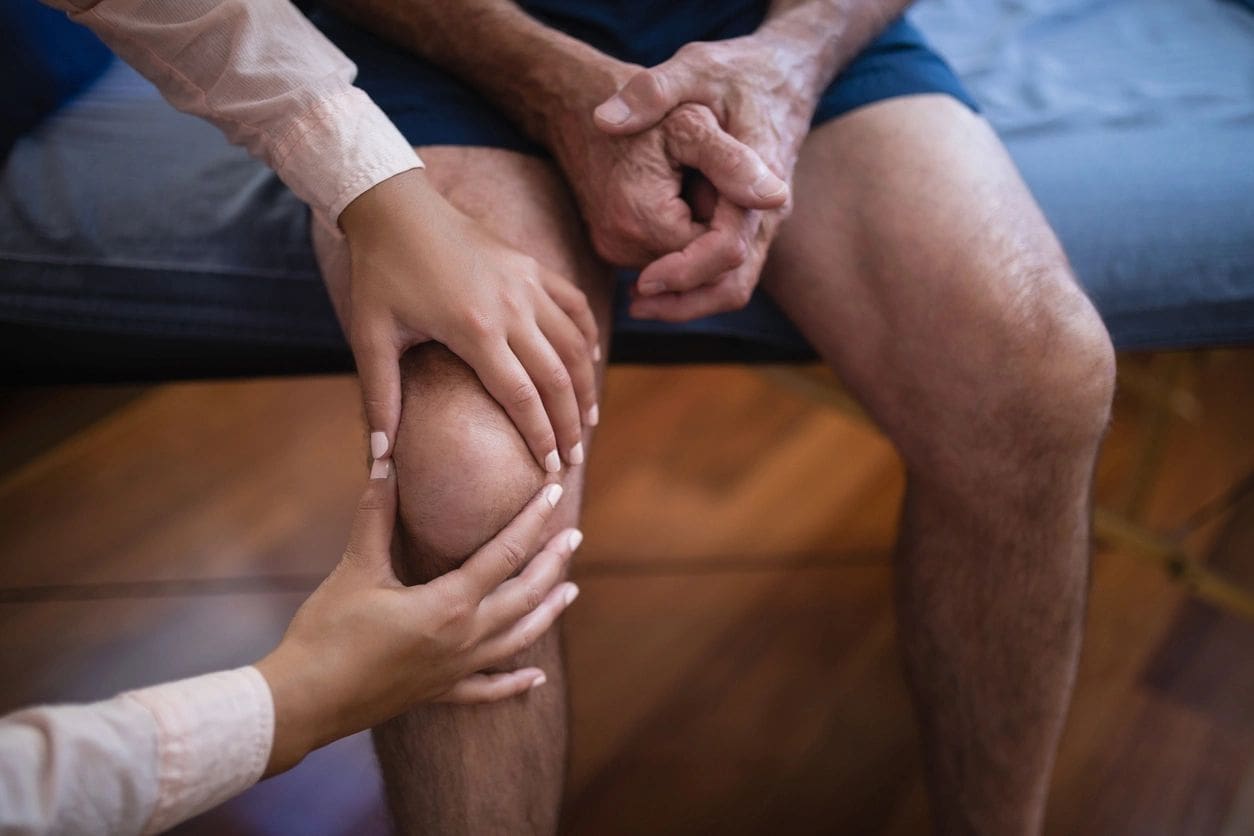
Runner’s Knee: Part 1
What is Runner’s Knee?
Runner’s Knee refers to general anterior knee pain around the knee cap or patella. It arises from the patellofemoral joint or surrounding soft tissue. This condition is also referred to as patellofemoral pain syndrome and is one of the most common injuries in runners, many other athletes, and the general population.
What are the symptoms of runner’s knee?
Pain is typically felt at the anterior knee, either under or around the patella.
Pain will be aggravated by activities that increase compressive forces across the patellofemoral joint, which may include ascending or descending stairs, walking uphill or downhill, sitting with knees bent, sitting with knees crossed, kneeling, or squatting.
There can be different pain patterns based on the cause of symptoms. If the pain is biomechanical, pain may occur only during the activity. If the pain is more inflammatory in nature, pain may occur much later in the day after the activity is completed.
The pain can arise from the patellofemoral joint itself, or surrounding structures such as the infrapatellar fat pad, retinaculum, and ligaments. There is usually no way to know with certainty what structure is the pain source, but the same strategies that will off load the patellofemoral joint will also offload the surrounding soft tissue structures.
What causes runner’s knee?
Runner’s knee or patellofemoral pain syndrome occurs when there is abnormal loading to the patellofemoral joint, due to an overuse event. Usually, there is no specific mechanism or trauma. Instead, there typically has been a change or increase in activity that increases loads to the patellofemoral joint with inadequate rest time for tissue adaptation. Whether that is a change in distance, duration, footwear or initiation of a new activity, overuse injuries occur when the body’s equilibrium of tissue damage and tissue repair is compromised.
Impaired tracking of the patella can contribute to abnormal loads at the patellofemoral joint. Think of the patella as the train and the thigh bone or femur as the train tracks. As the knee extends and flexes, the patella tracks superiorly and inferiorly in the trochlear groove of the femur. Faulty tracking can decrease contact area between the patella and the trochlear groove, making it harder to dissipate compressive forces across the joint. Many studies have reported increased lateral tracking or lateral tilt of the patella in people with patellofemoral pain.
Patellar tracking can become compromised for many different reasons:
· Weakness at the quadriceps, hip, or trunk musculature
· Muscle tightness or shortness at the quadriceps, calves, or hamstrings; IT band thickening may also be present
· Faulty joint alignment including positioning of the hips, ankle, and foot
· Anatomy – the shape of the patella and depth of the femoral groove can impact the congruency of the joint and increase susceptibility to tracking problems
· Biomechanics during walking, running, stairs, squatting – the way you move can increase compressive forces across the patellofemoral joint
Often, several of these factors occur together, or are exacerbated due to an overuse event and contribute to abnormal loading to the patellofemoral joint. In most situations, there isn’t one isolated cause, but multiple factors in addition to activity modification that need to be addressed to help offload the patellofemoral joint. The next blog post will go into greater detail on how to treat runner’s knee.
If you think you are suffering from runner’s knee, call 312-643-1555, book online, or email info@dynamic-pt.com to schedule a physical therapy evaluation. Like us on Facebook or follow us on Instagram @dynamicptchicago for more information on common musculoskeletal injuries and how to treat them.
